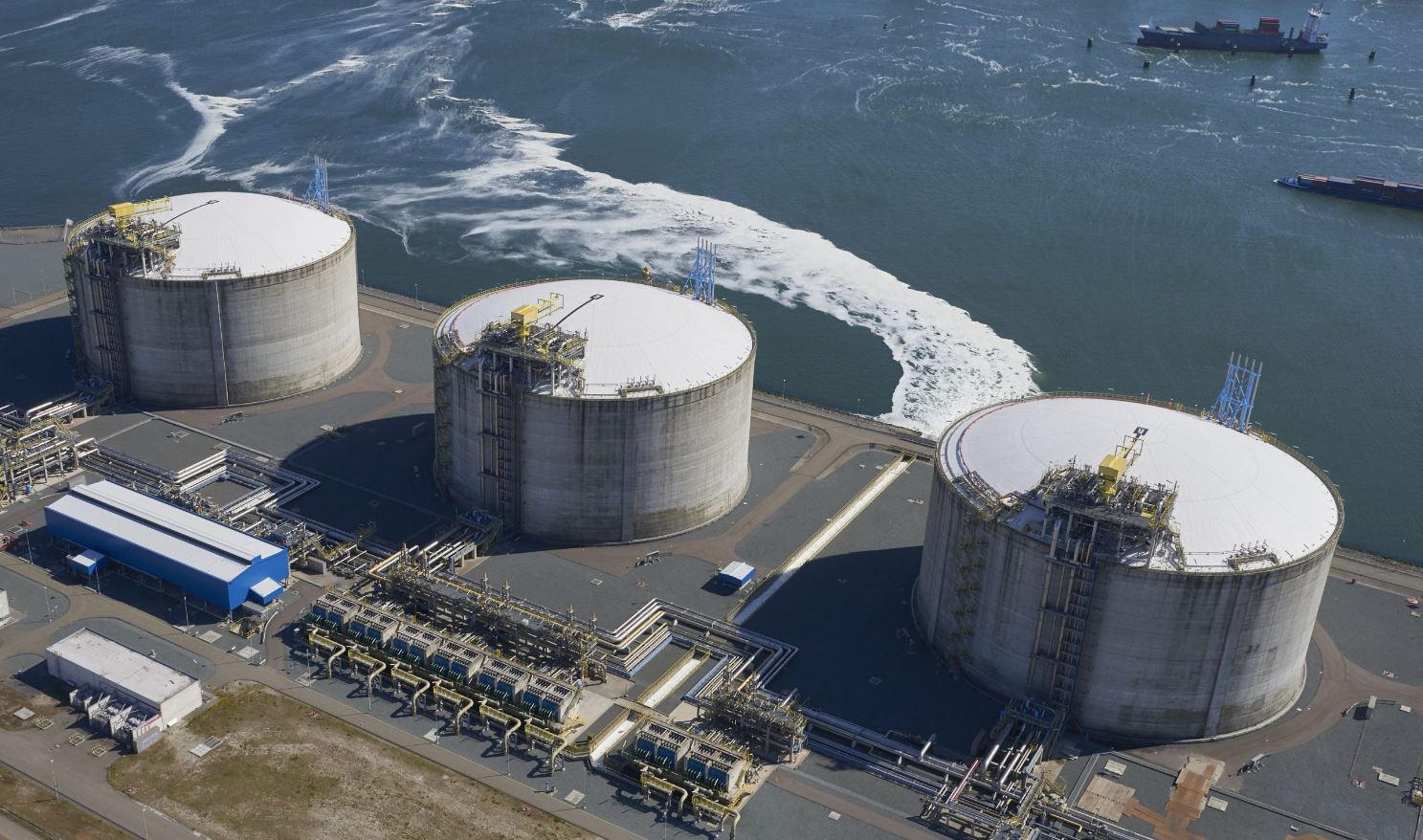The European Union member states paid about 16.2 billion euros for the 108 billion cubic meters of LNG they imported last year, according to the Commission’s latest gas market report.
Last year’s LNG imports increased by a record 48 billion cubic meters or by 75 percent when compared to 2018, boosted by lower prices and weaker demand in Asia.
This is the highest LNG import volume of all times representing 27 percent in the total EU natural gas imports and surpassing the previous peak in 2011 by more than 30 percent.
For the first time, LNG came to the second place in extra-EU gas import sources, the European Commission said in the report.
The LNG import bill for the full year of 2019 was slightly up from 15.4 billion euros in 2018 as average prices dropped.
Spain was the biggest LNG importer in the EU last year with 22.4 billion cubic metres, followed by France with 22.1 billion cubic metres, and the UK with 18 billion cubic metres.
Italy imported 13.5 billion cubic metres of LNG last year while the Netherlands and Belgium imported about 8.6-8.8 billion cubic metres of the chilled fuel, the report said.
On the supplier side, Qatari LNG volumes accounted for 28 percent of the EU total LNG imports, followed by Russia with 20 percent, and the United States with 16 percent.
With the exception of November and December 2019, in spite of increasing EU LNG imports from the US, Russia exported more LNG to the EU than the US in each month in 2019.
The report says this implies that Russia made efforts to maintain its influence on the European gas market, complementing the pipeline business with growing LNG supply.
US was top LNG supplier to EU in fourth quarter
EU LNG imports showed a strong increase in the fourth quarter as well, rising 42 percent year-on-year to 30.4 billion cubic meter
The United States became the leading LNG supply source for the EU in the fourth quarter ensuring 25 percent of the total imports, the report said.
Qatari LNG imports to the EU accounted for 23 percent of the total imports in the fourth quarter while Russia supplied 19 percent.
Looking at the utilisation rate of EU LNG regasification terminals, it stood at 57 percent in the fourth quarter, while in 2019 it was 51 percent on average.
This represents a significant rise from the 26 percent measured in 2018.

